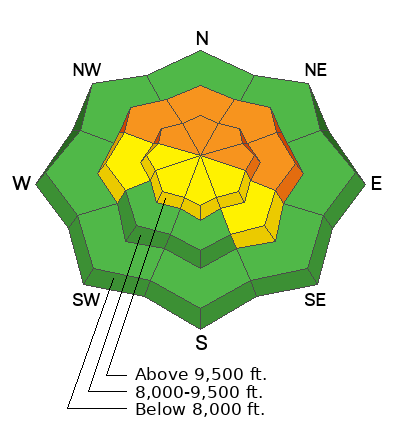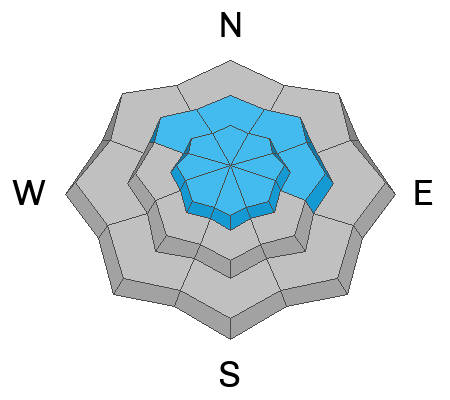Forecast for the Provo Area Mountains

Issued by Nikki Champion on
Wednesday morning, November 27, 2024
Wednesday morning, November 27, 2024
Avalanche danger is CONSIDERABLE danger on steep, wind-drifted westerly, northerly, and easterly aspects at upper elevations, as well as mid-elevation aspects facing northwest through east, which have received the highest snow totals and strongest winds.
Cracking and collapsing are critical signs of instability and should not be ignored today. Human-triggered avalanches 1–3 feet deep are likely, with some natural avalanches possible as winds remain elevated throughout the day. Outside the wind zone, the new snow may still be reactive, with small avalanches capable of moving fast and traveling farther than expected.
Remember, early-season conditions make injuries more likely if caught in an avalanche of any size.

Low
Moderate
Considerable
High
Extreme
Learn how to read the forecast here








